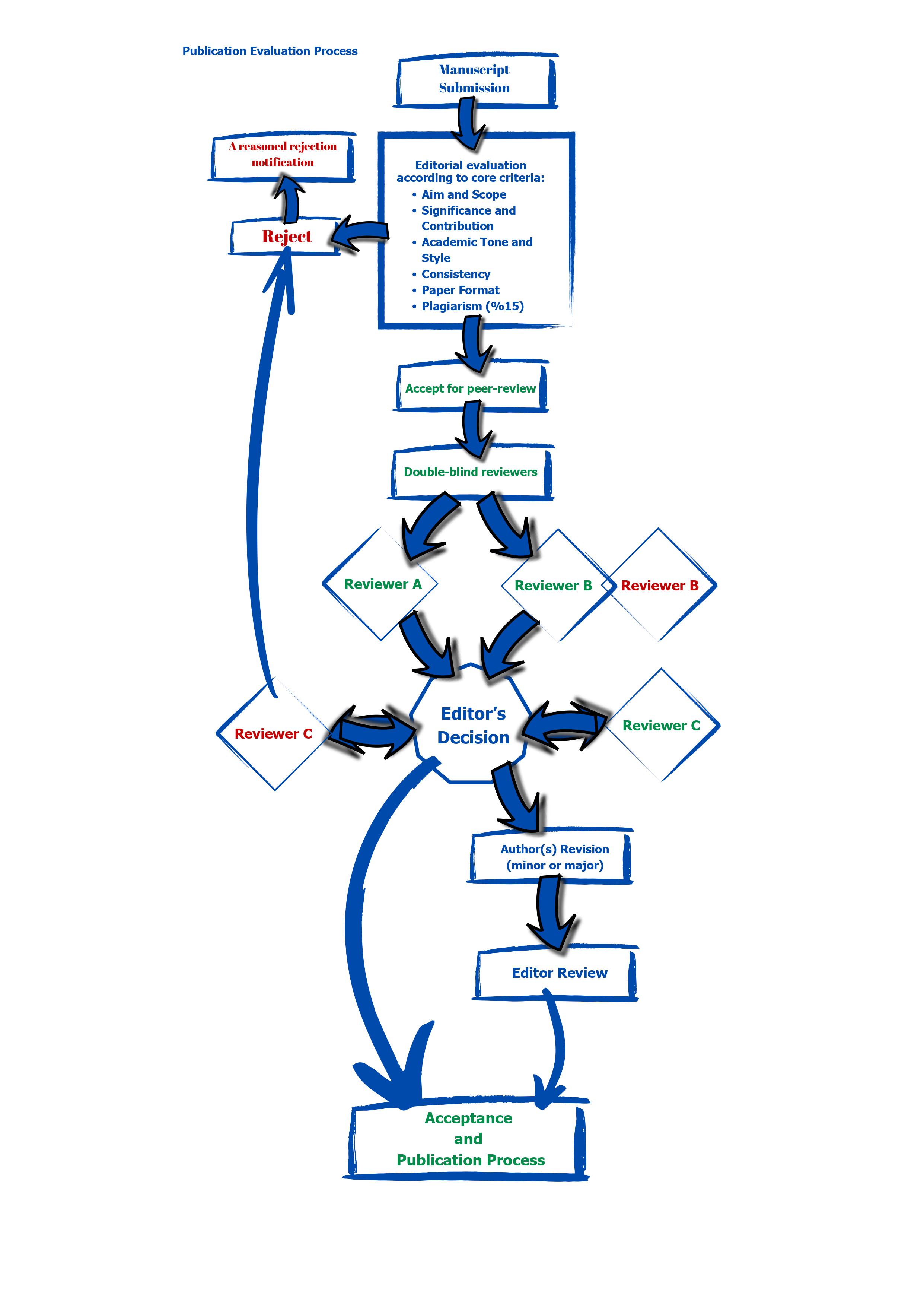Peer review processes
Last Updated: April 2025
InnovatioSports Journal adheres to rigorous ethical and scientific standards in the evaluation of submitted manuscripts. This policy outlines the principles and procedures of our review and peer evaluation process, as well as the responsibilities and selection criteria for reviewers.
REVIEW PROCESS
All manuscripts submitted to InnovatioSports Journal undergo a structured and transparent evaluation process that includes the following stages:
-
Initial Editorial Evaluation: The editorial board assesses the manuscript for relevance to the journal’s scope, clarity, contribution to the field, and adherence to submission guidelines.
-
Plagiarism Check: All manuscripts are screened for similarity using plagiarism detection tools.
-
Peer Review: Manuscripts that pass the initial checks are sent to at least two independent reviewers under a double-blind review system.
-
Editorial Decision: Based on reviewers’ reports, the editor makes a decision: accept, request revisions (minor or major), or reject.
The average timeline for the peer review process is 8–12 weeks.
REVIEWER SELECTION AND ASSIGNMENT CRITERIA
Reviewers are selected according to the following:
-
Subject Matter Expertise: Match between the reviewer’s academic background and the manuscript’s topic.
-
Previous Peer Review Experience
-
Absence of Conflict of Interest: Reviewers must not have personal, academic, or financial conflicts related to the submission.
-
Scientific and Ethical Standing
Editors may consult reviewer databases and previous collaborations for assignments. Reviewers are required to confirm their availability before accepting a task.
REVIEW CRITERIA
Reviewers evaluate manuscripts based on the following standards:
-
Originality: Novelty and contribution to the field
-
Methodology: Clarity, appropriateness, and replicability
-
Findings: Accuracy, consistency, and data integrity
-
Ethical Compliance: Ethical approval, conflict of interest disclosures
-
Clarity and Style: Language, structure, and adherence to journal format
REVIEWER RESPONSIBILITIES
All reviewers must comply with the following ethical responsibilities:
-
Impartiality: Objective and unbiased assessment
-
Confidentiality: Do not share or use unpublished data
-
Timeliness: Return reviews within the given deadline (typically 3 weeks)
-
Conflict of Interest Disclosure: Immediately report any possible conflicts to the editor
Constructive and respectful feedback is essential. Reviewers must avoid unprofessional language.
ETHICAL COMPLIANCE
The peer review process at InnovatioSports Journal adheres to international ethical standards outlined by:
Reviewers are encouraged to consult these resources for detailed ethical guidelines.
If you have questions about the evaluation process or reviewer responsibilities, please contact us at: info@isjournal.org


